Saturday High’s four-week Summer Intensives are known for their, well, intensity. The rigorous, four-week programs immerse students in studio classes and lectures on disciplines like Industrial Design, Entertainment Design, Advertising and Graphic Design, ending with a final exhibition of student work.
Recent high school graduate Sydney Li is one of a handful of students to receive a full scholarship to attend Brandcamp, Saturday High’s Intensive focusing on Advertising and Graphic Design beginning July 7. We asked Sydney to share her experiences before, during and after Brandcamp to get her impressions of the experience.
Here is the first of three conversations with Sydney:
Art Center: Congratulations on Brandcamp and on your scholarship, which was created by through support from the Richard and Jean Coyne Family Foundation. Will this be your first Saturday High experience?
Sydney Li: I’ve taken Saturday High classes in Graphic Design and Advertising, as well as Design 360, which looks at different design majors. Brandcamp will be my first Summer Intensive.

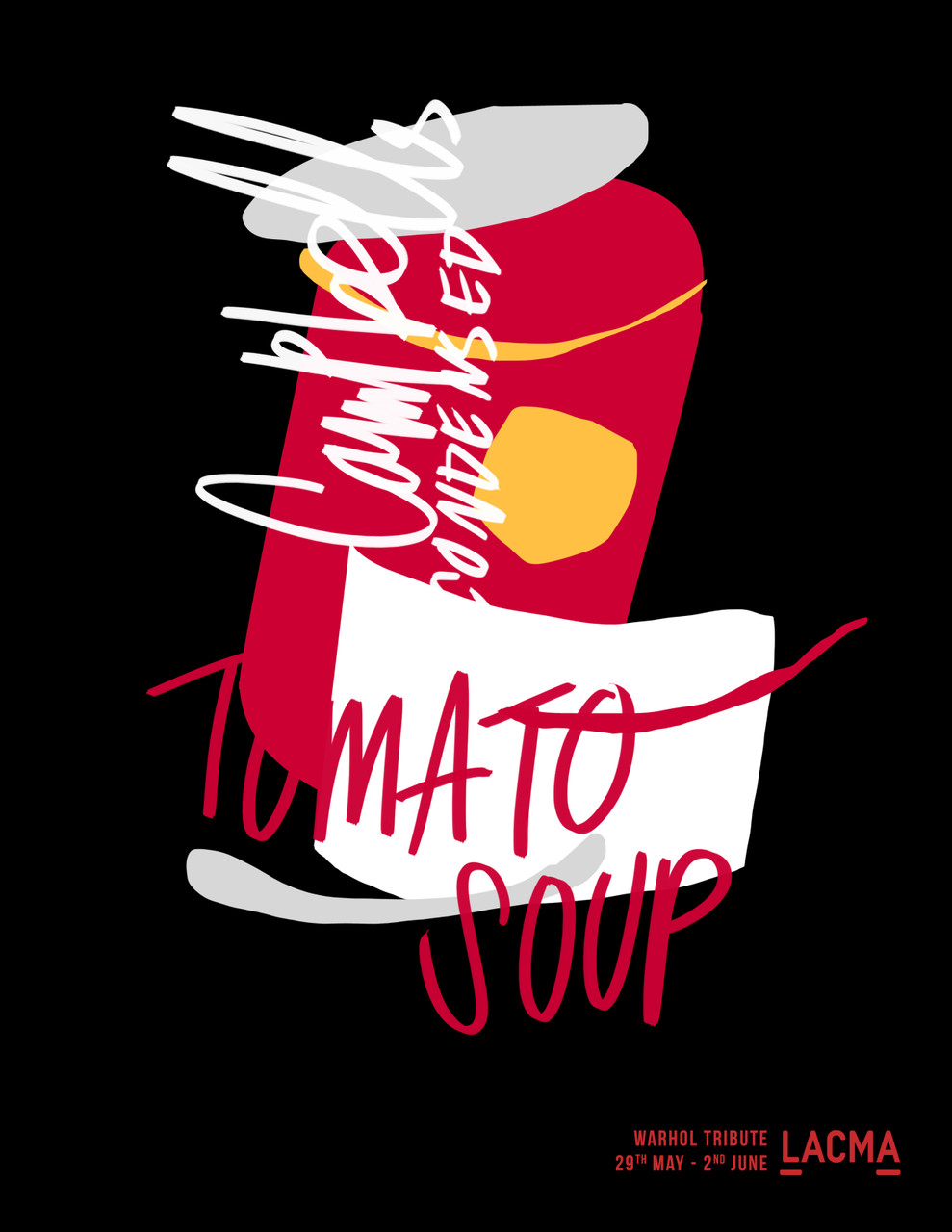

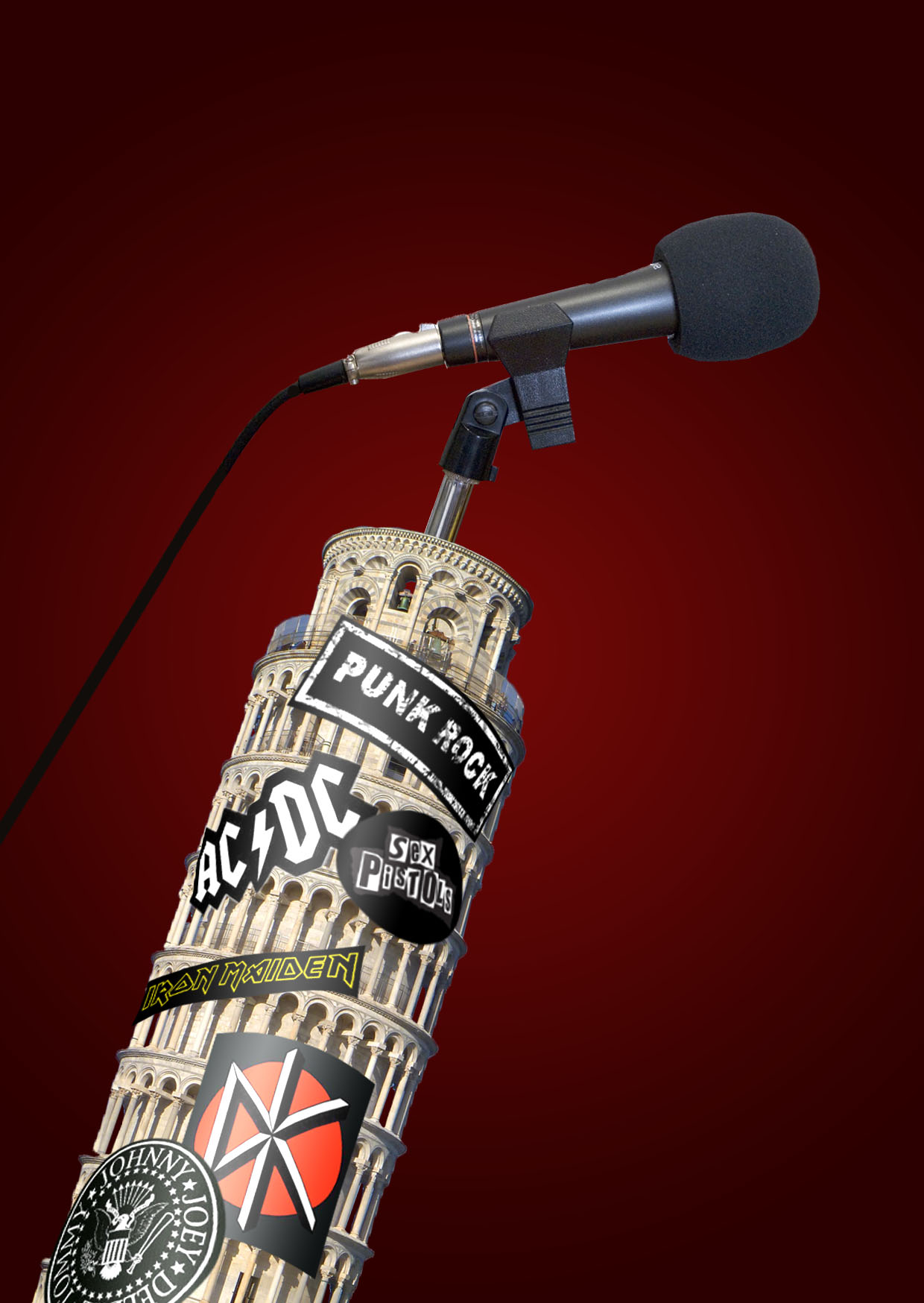
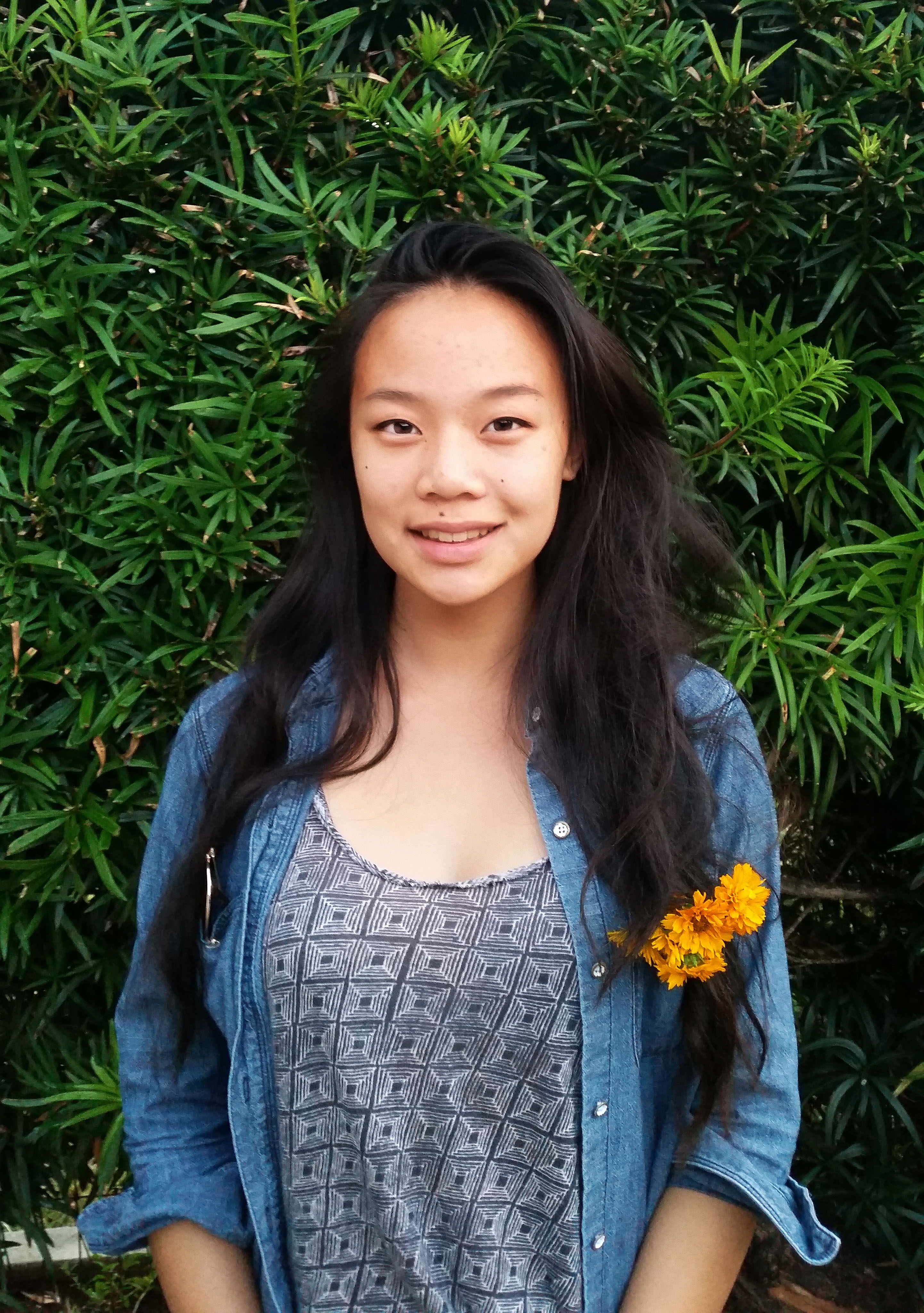
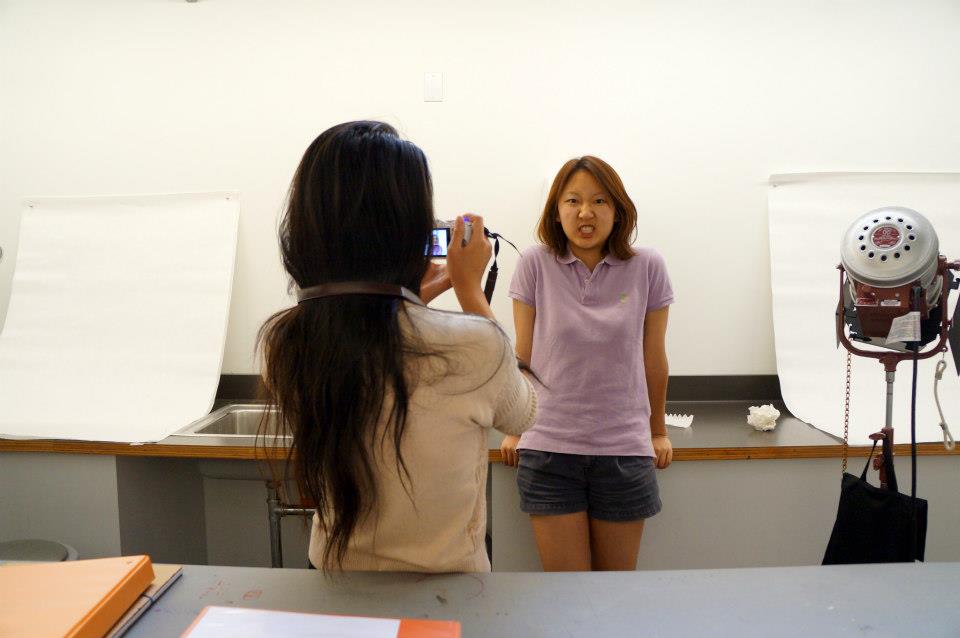
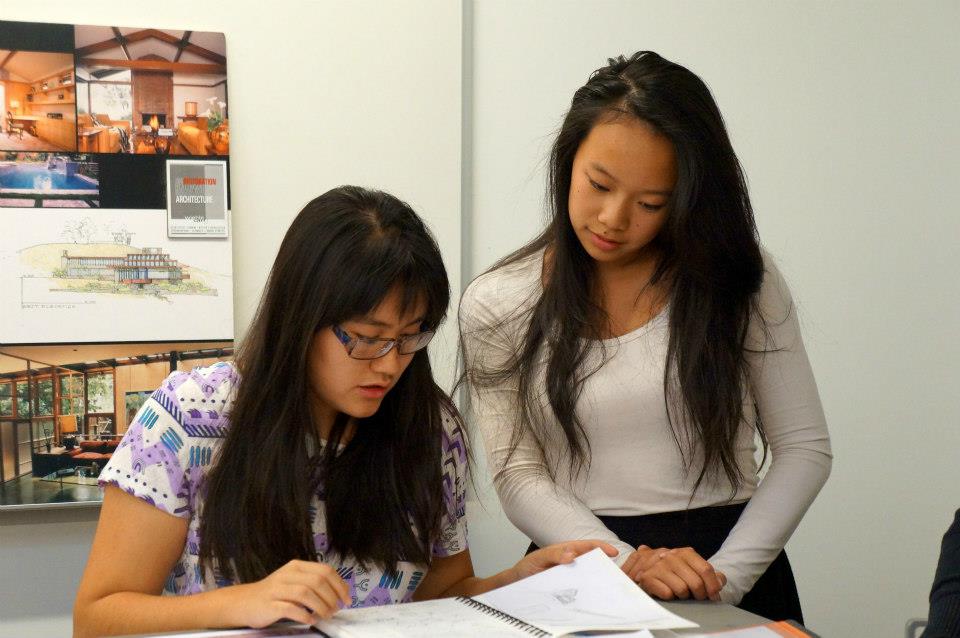
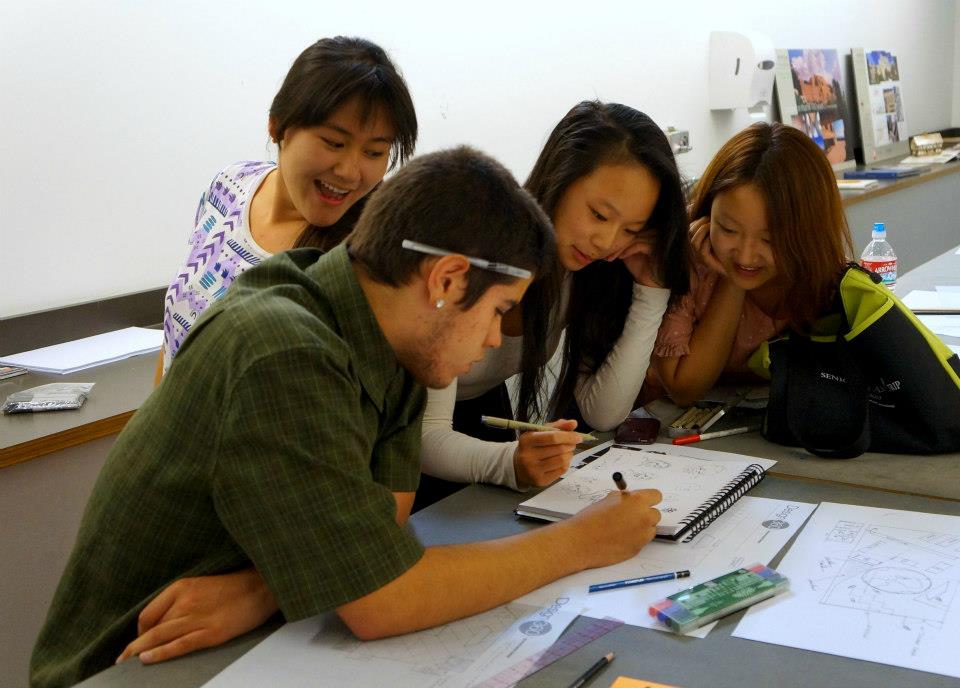







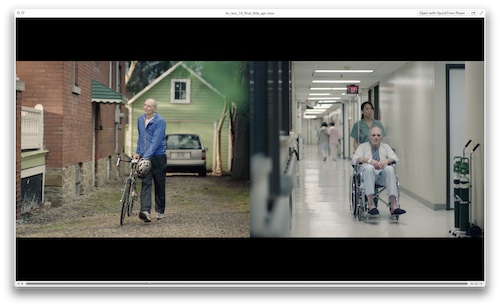
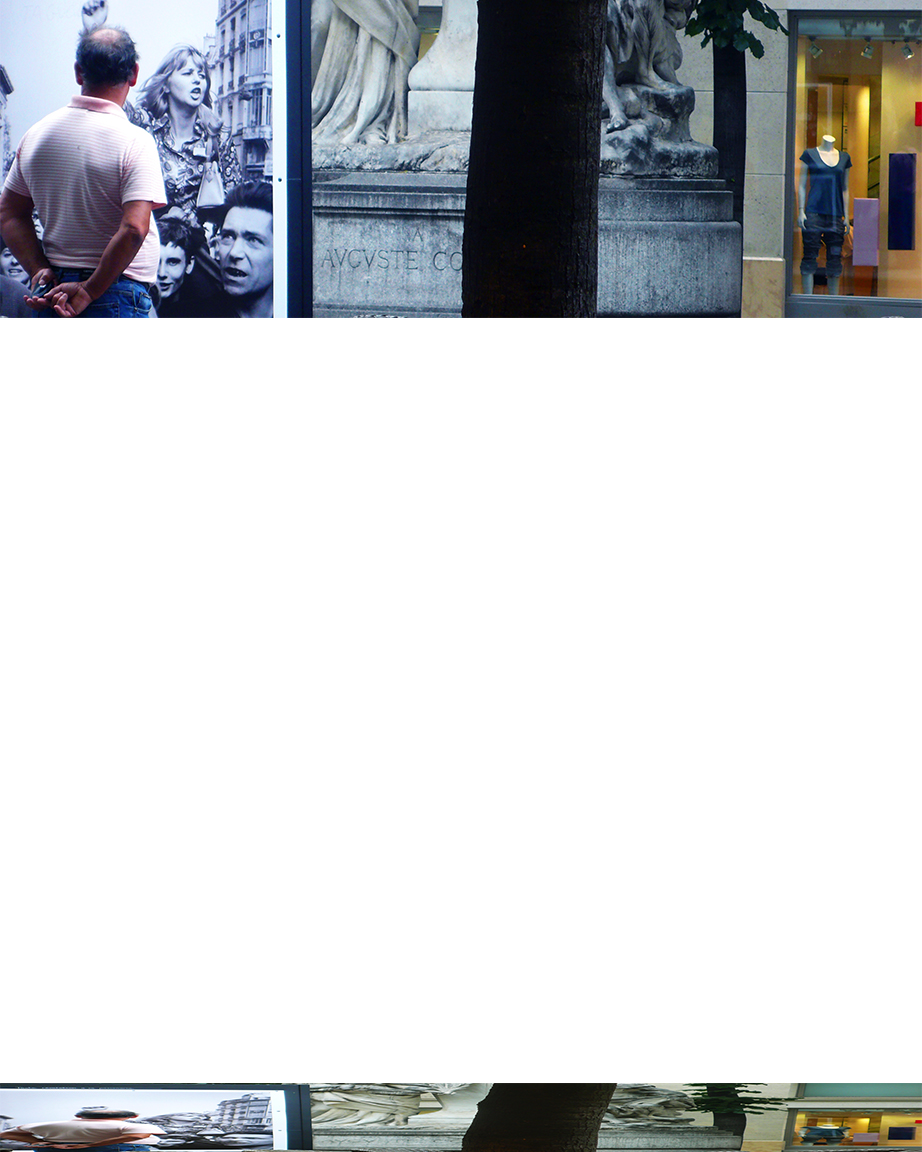
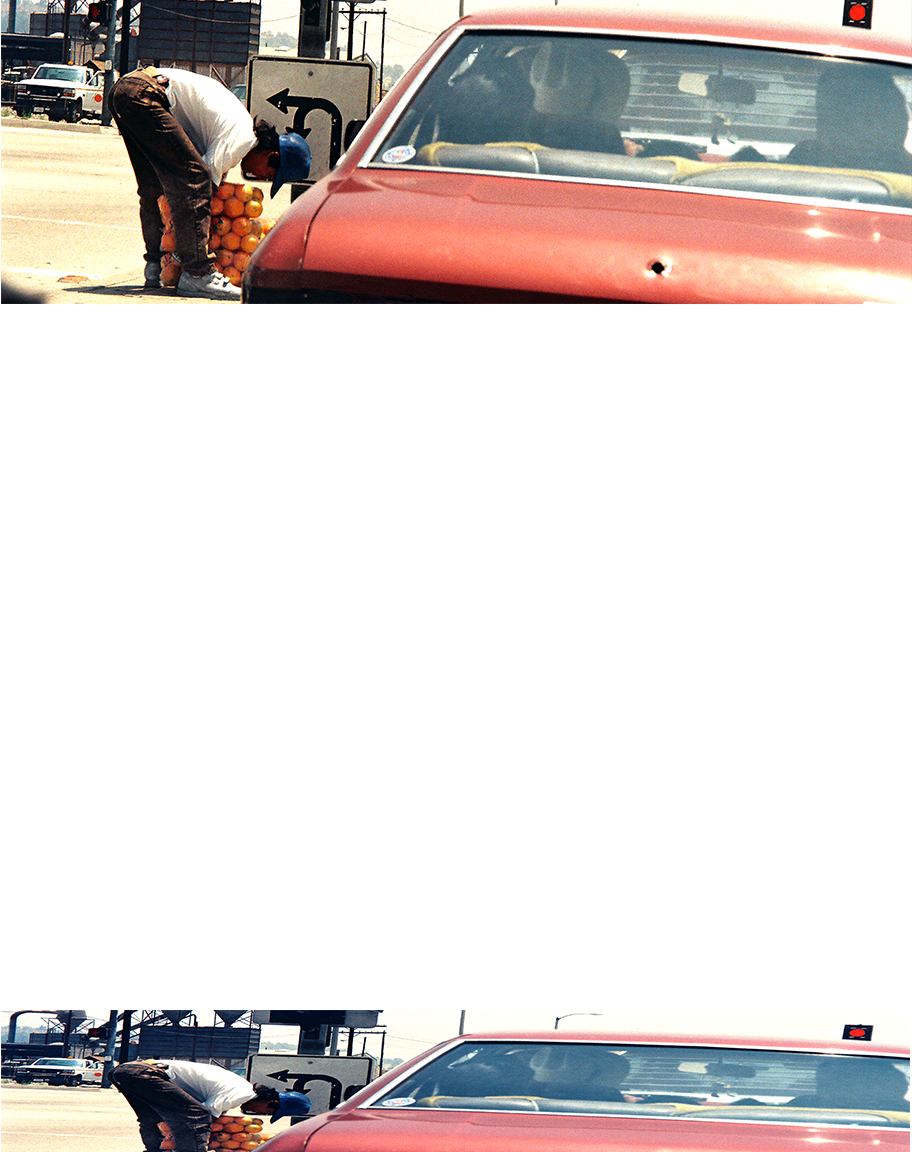
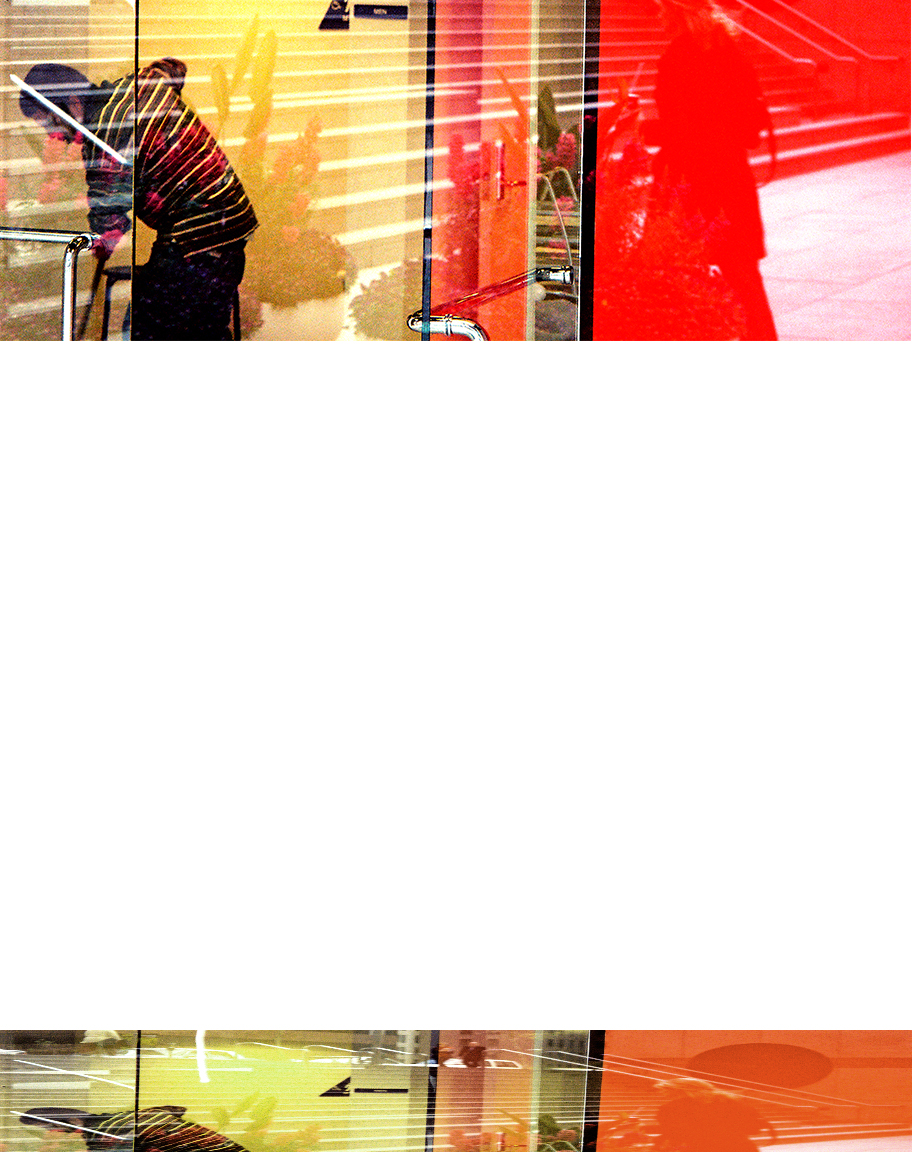
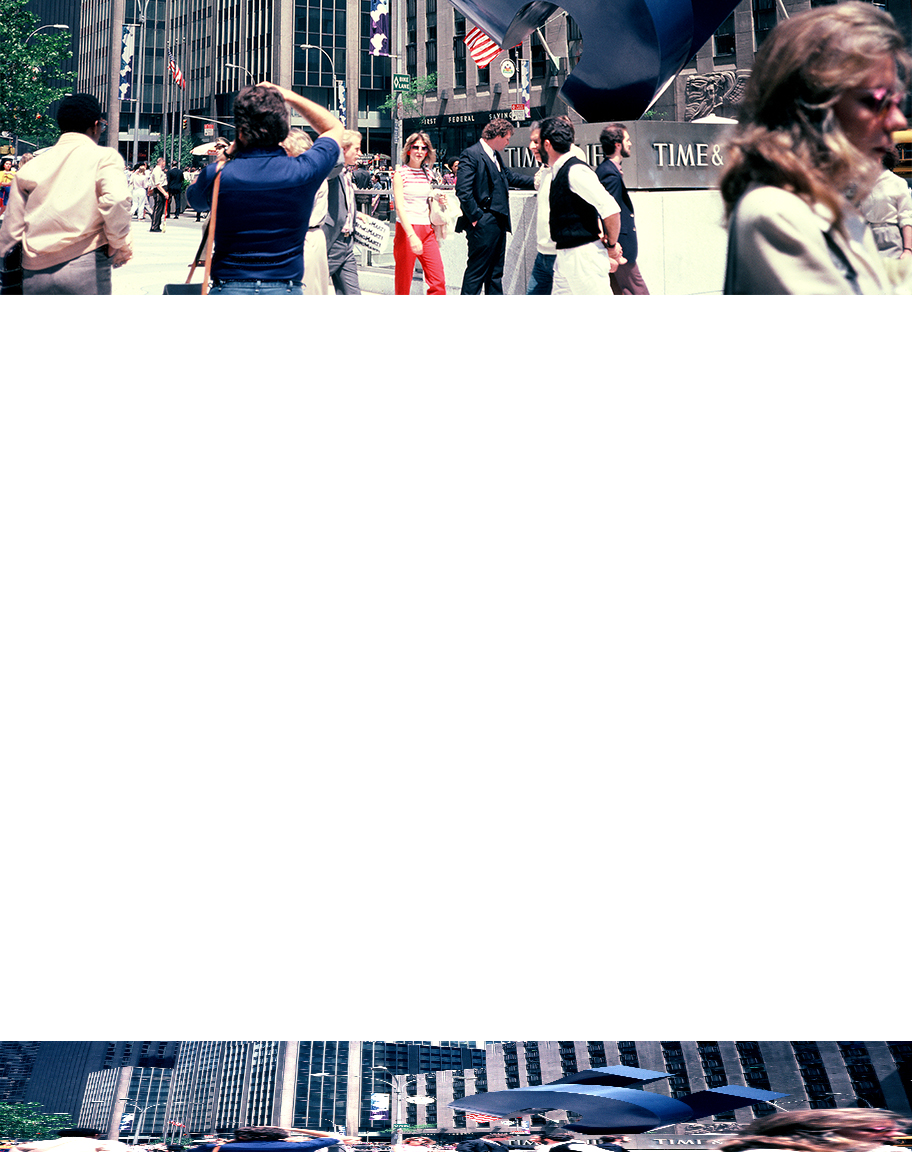
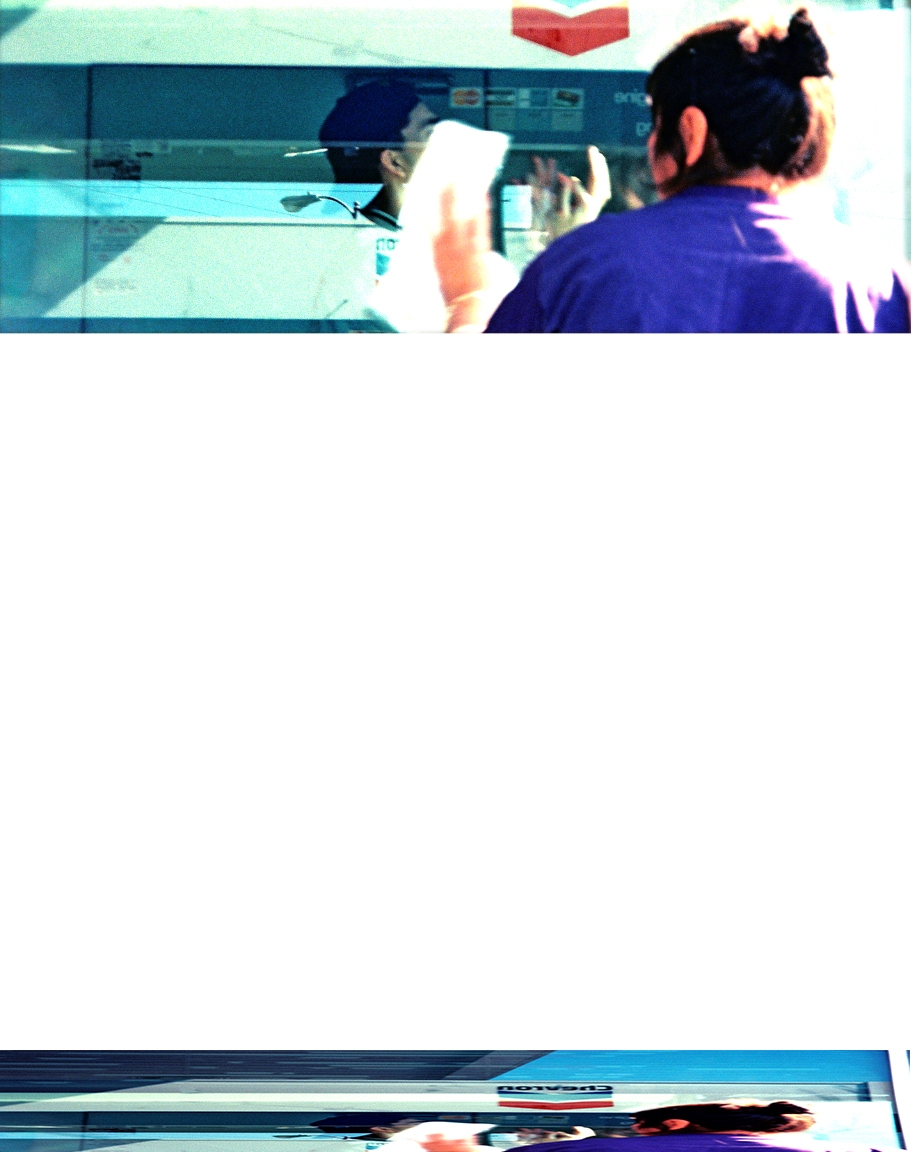
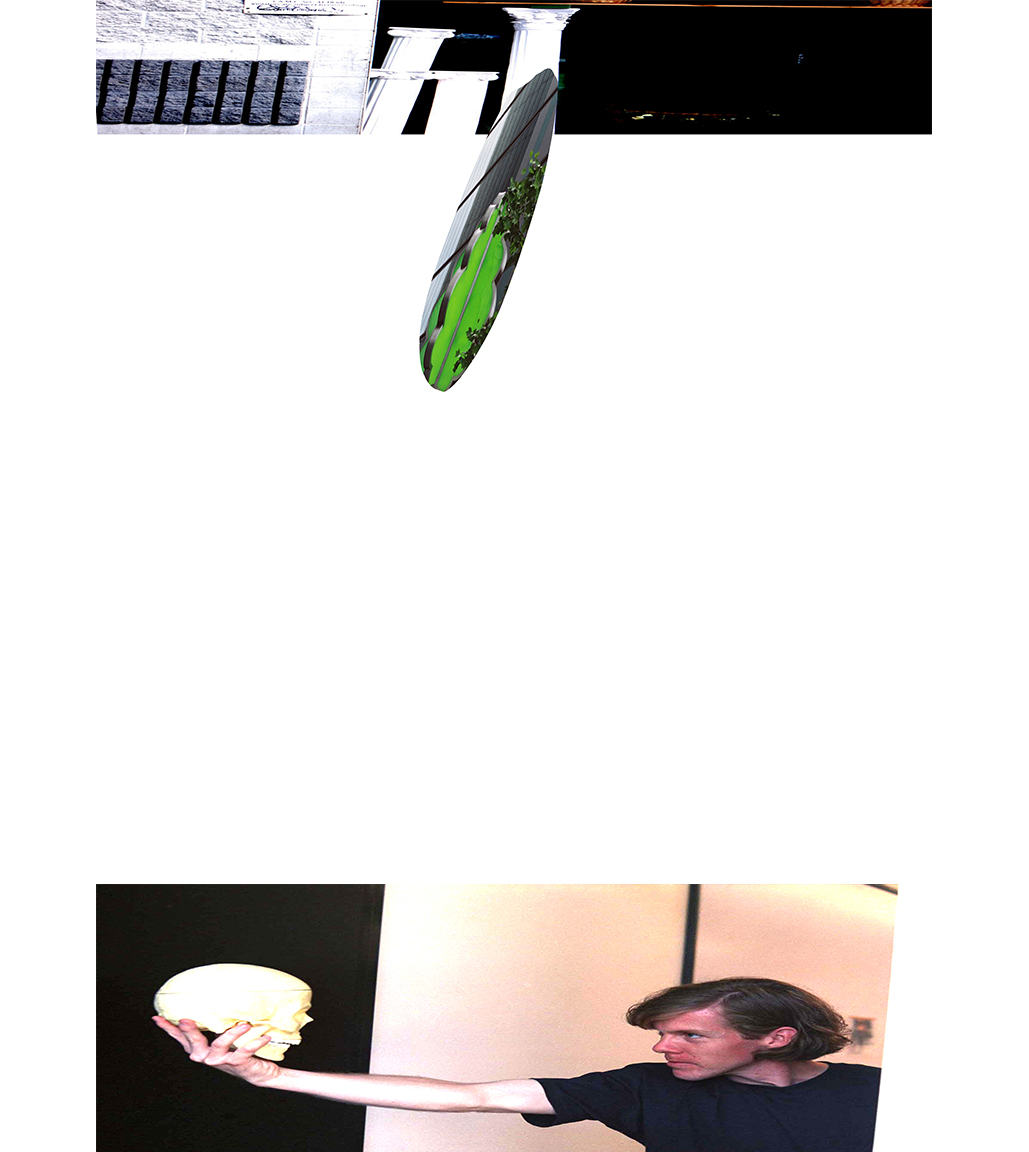
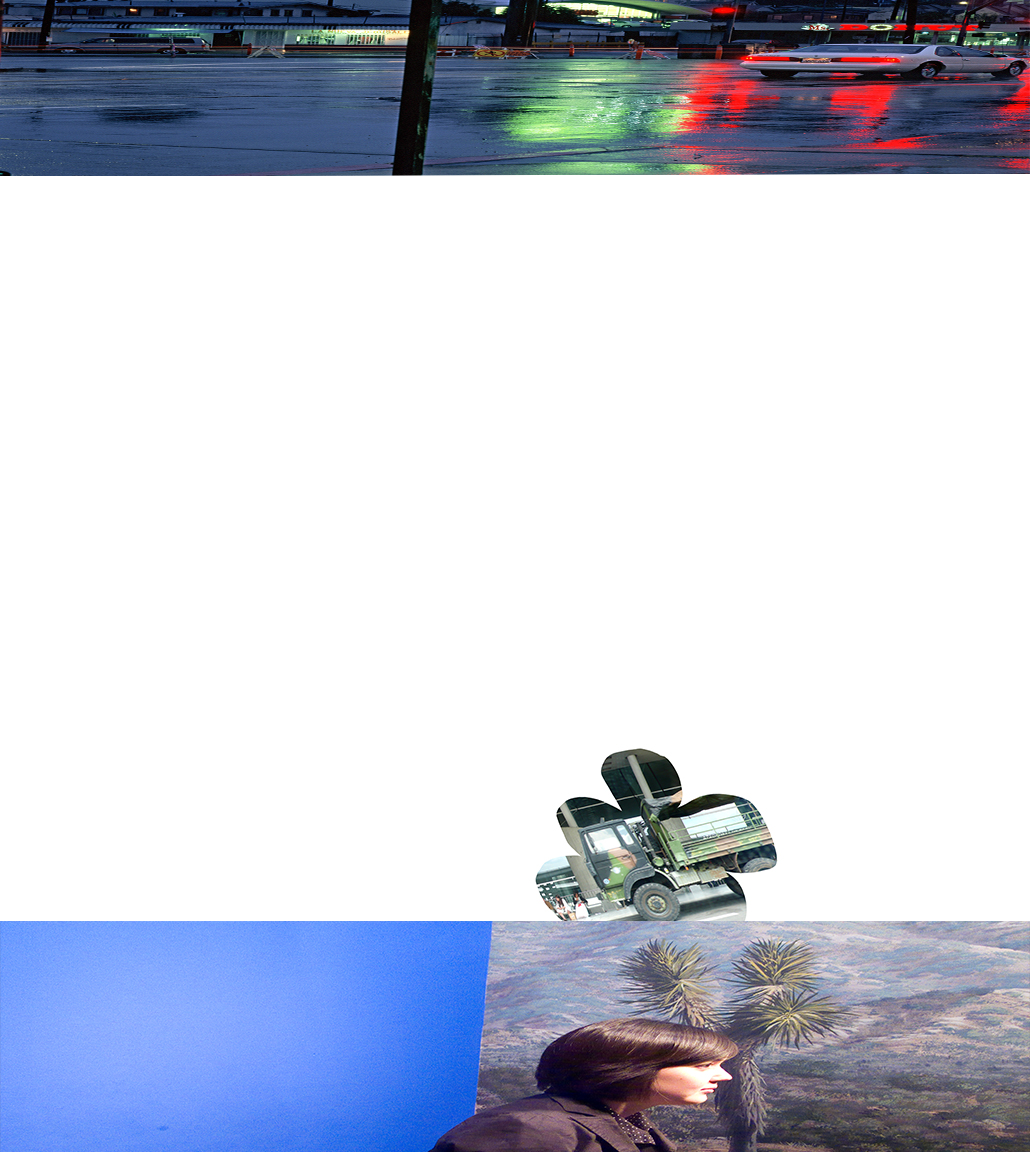
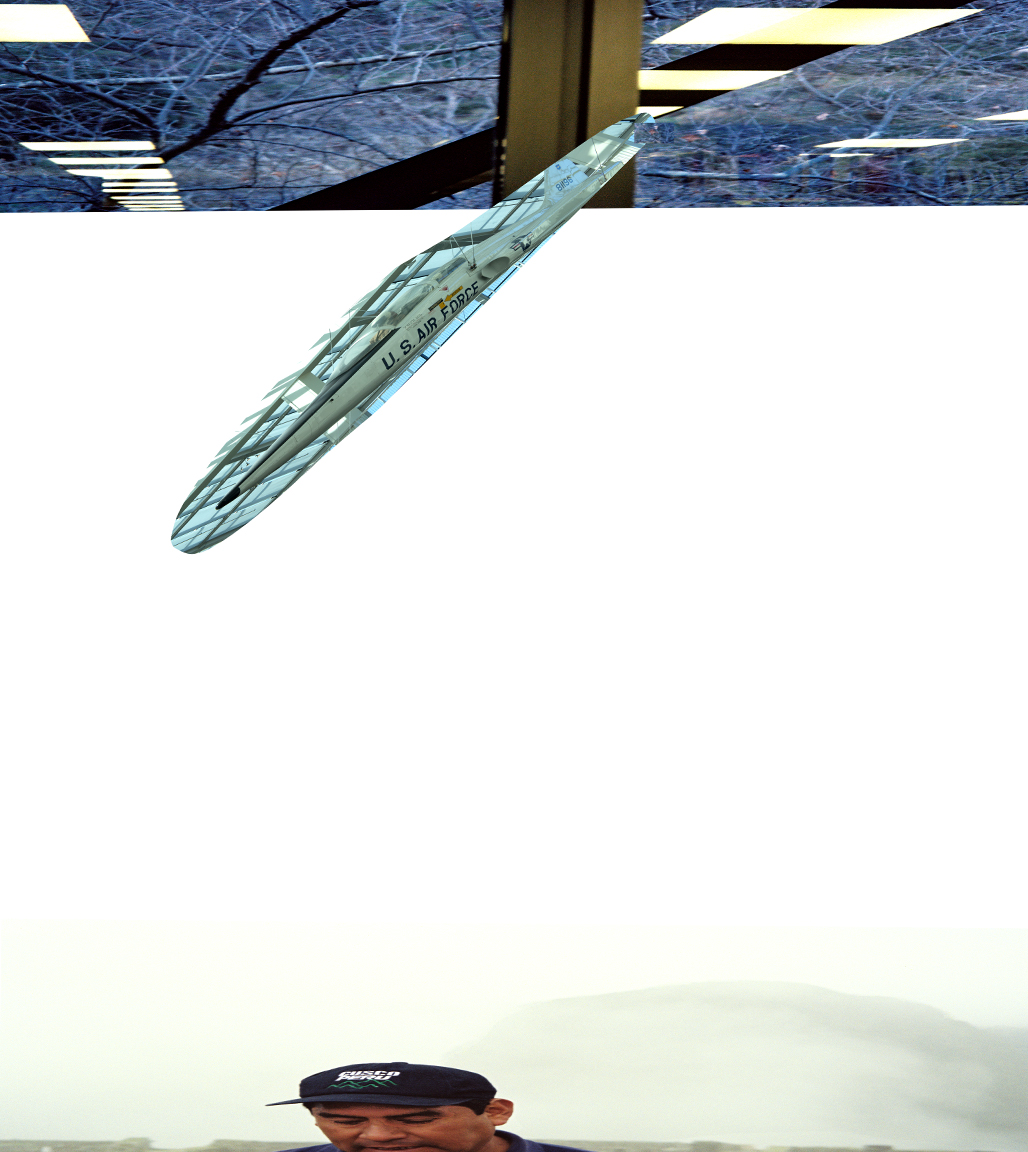
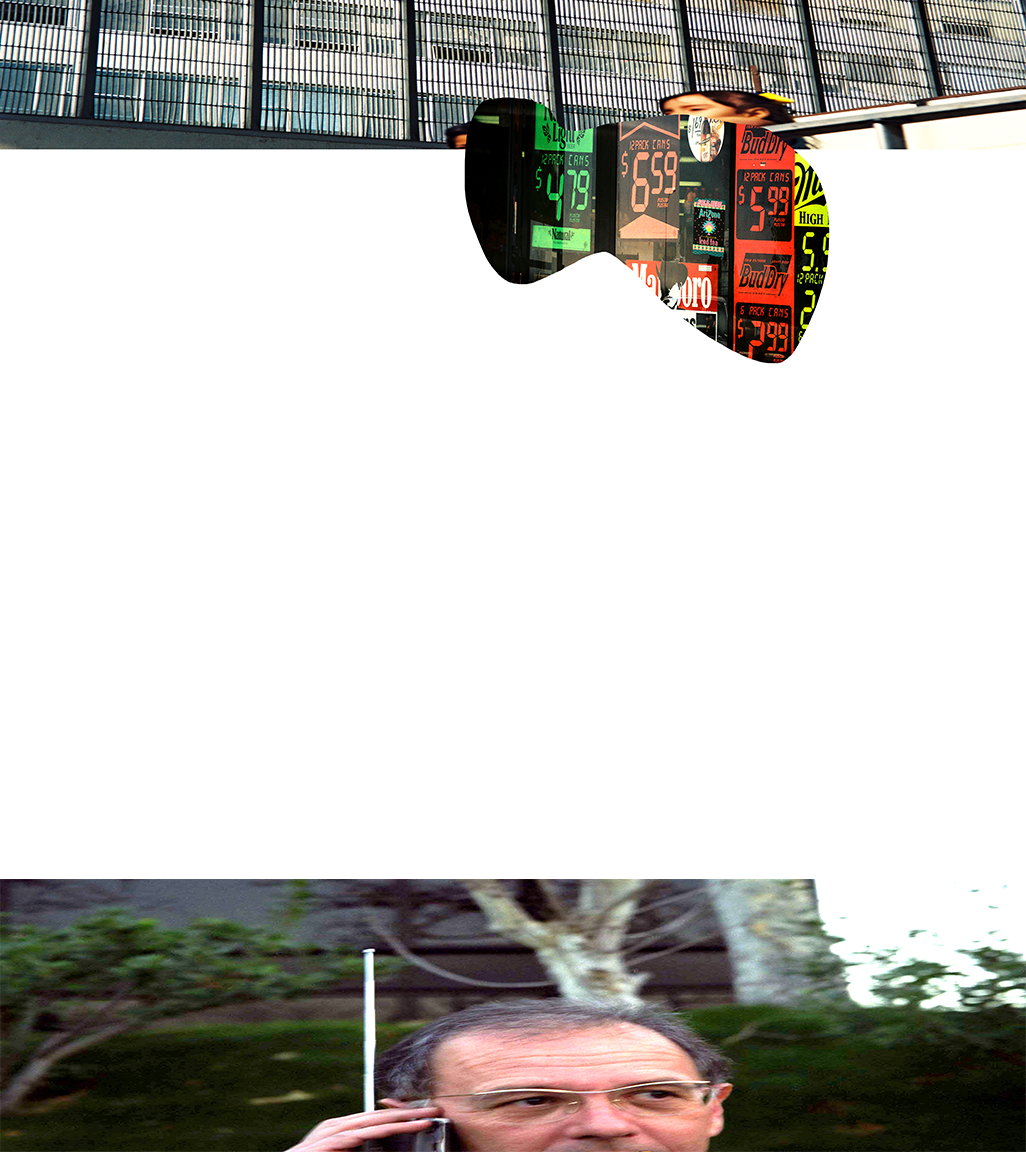
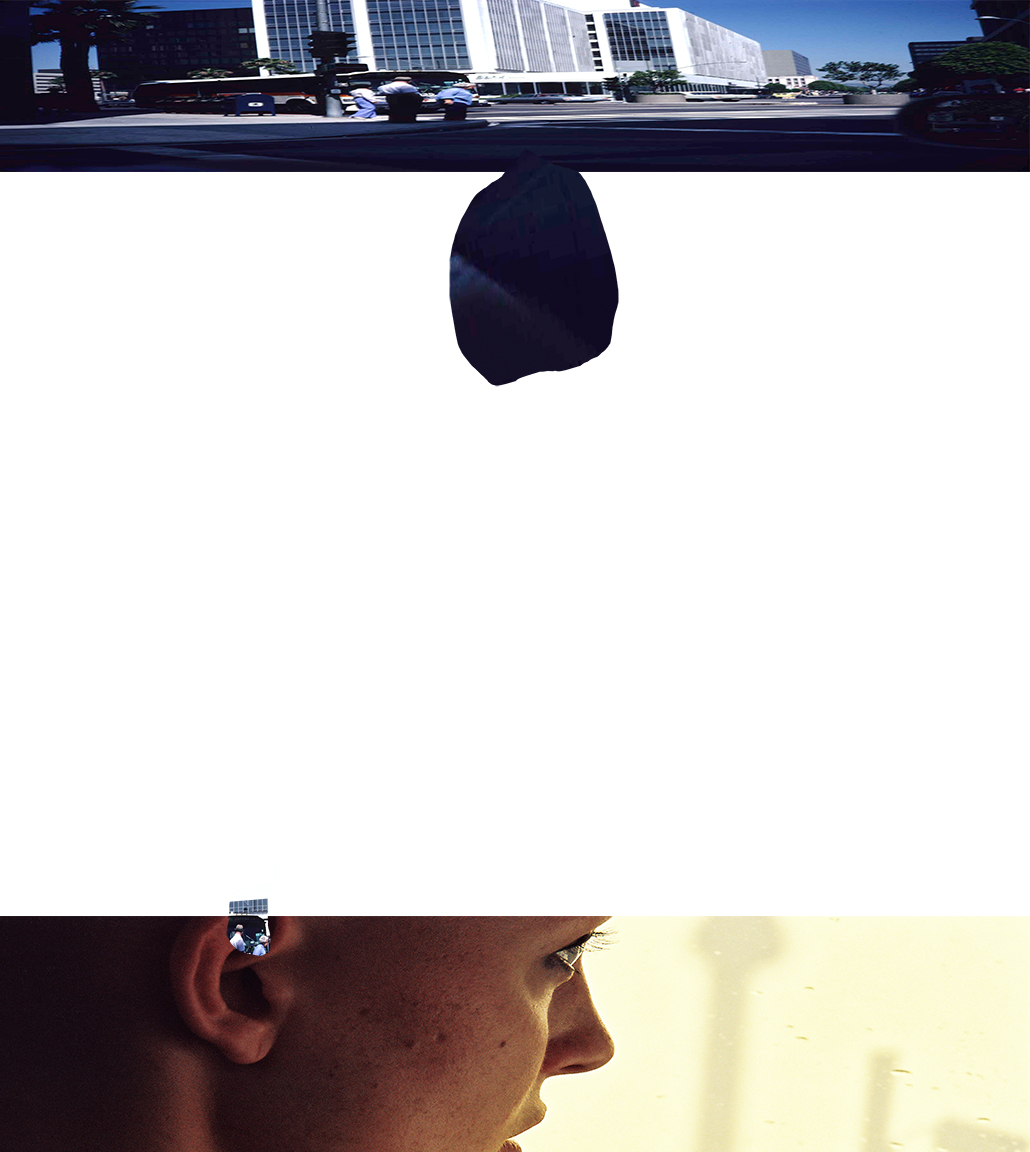

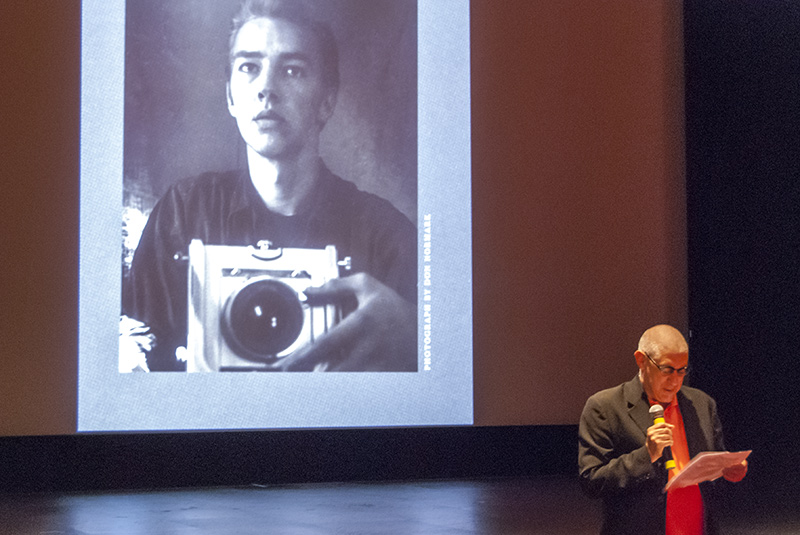
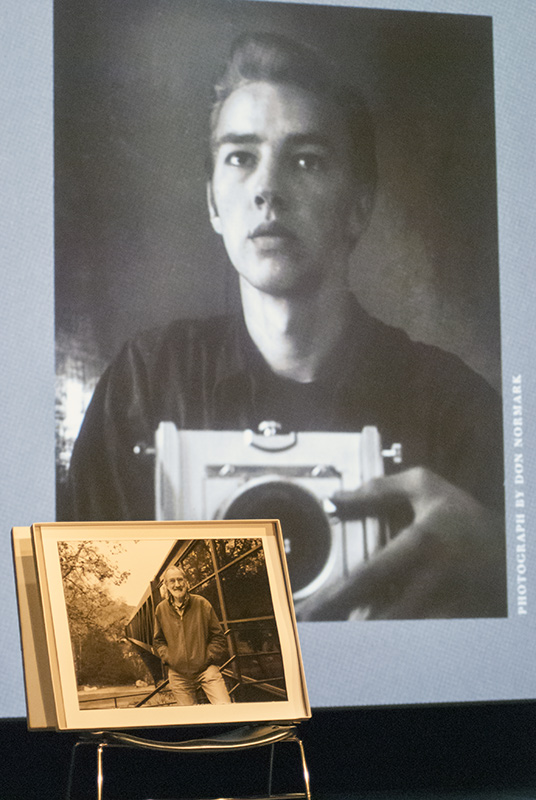
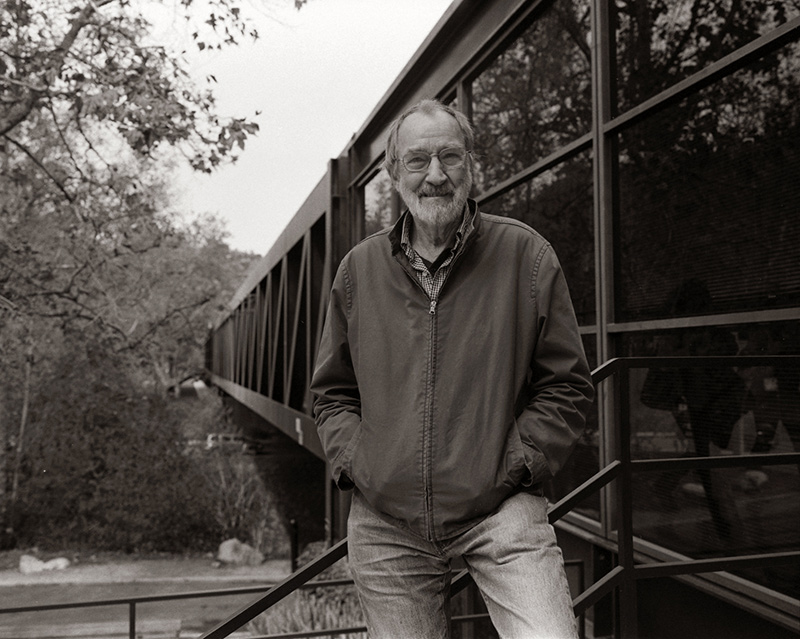
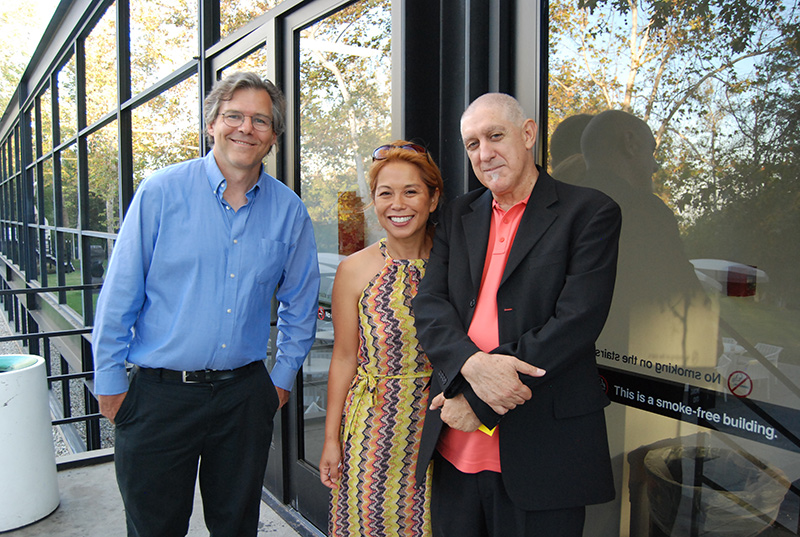
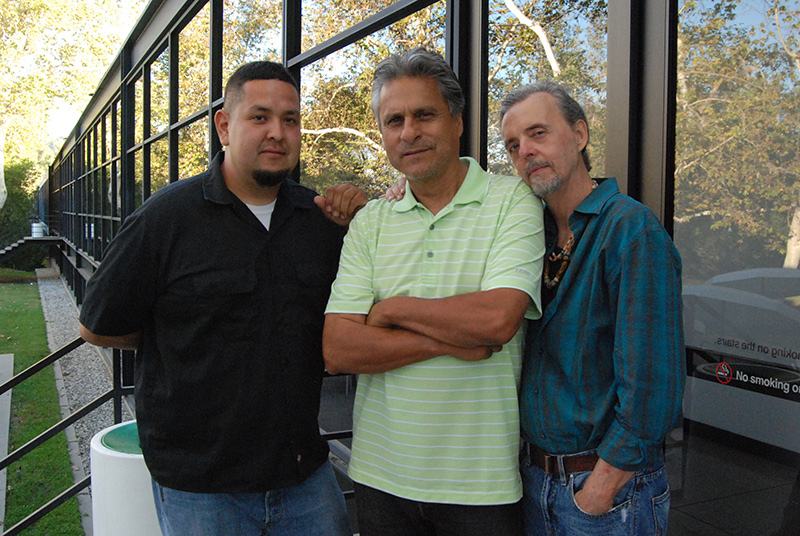
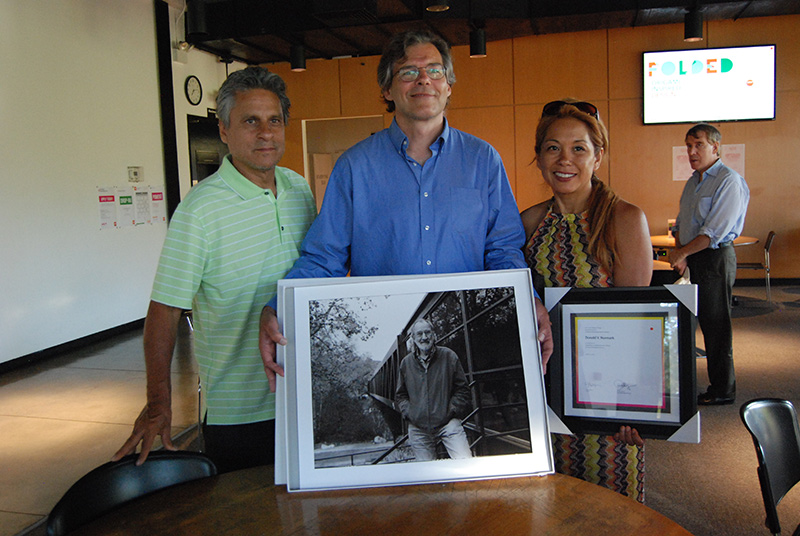
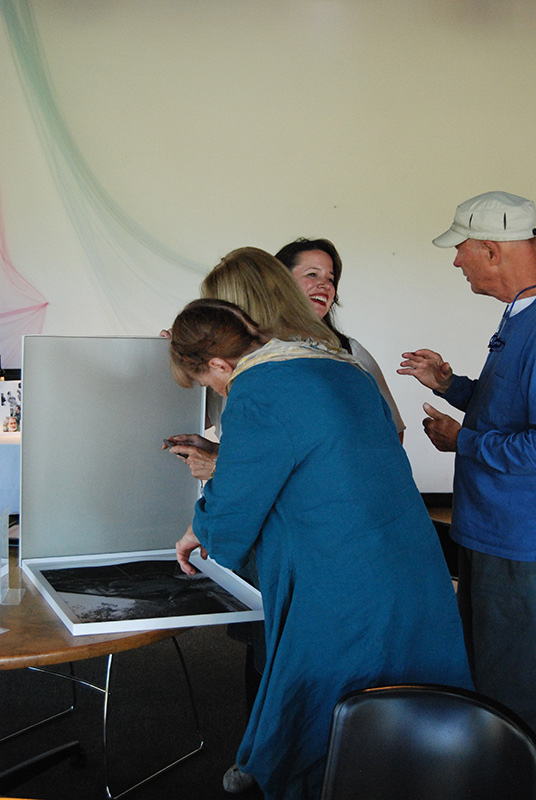
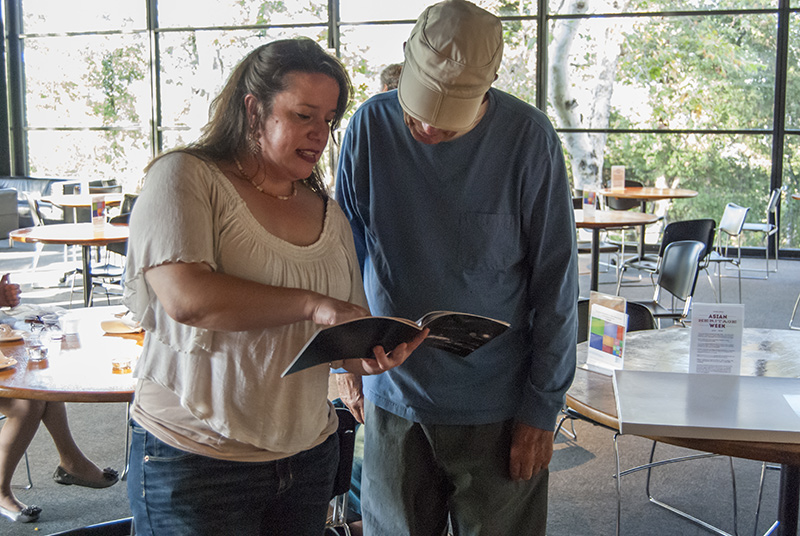
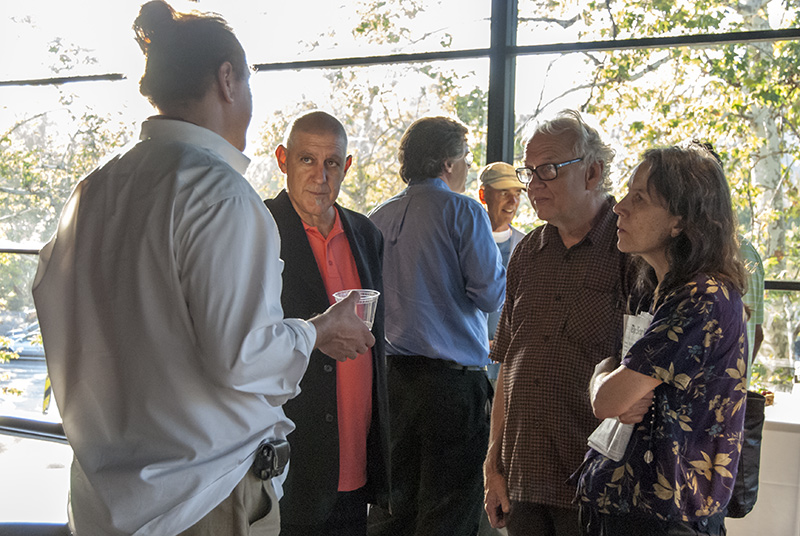
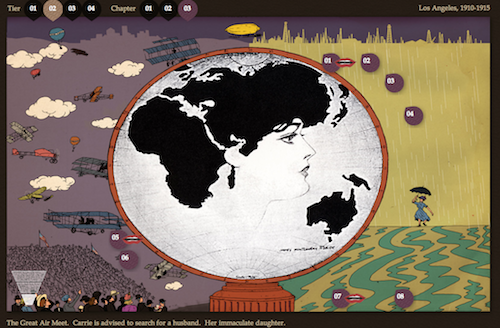
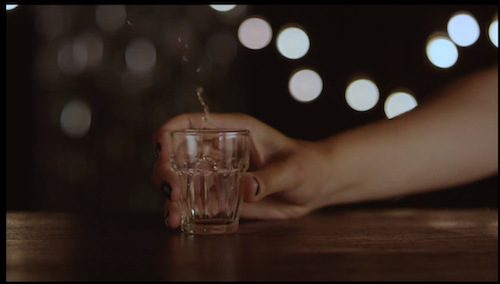
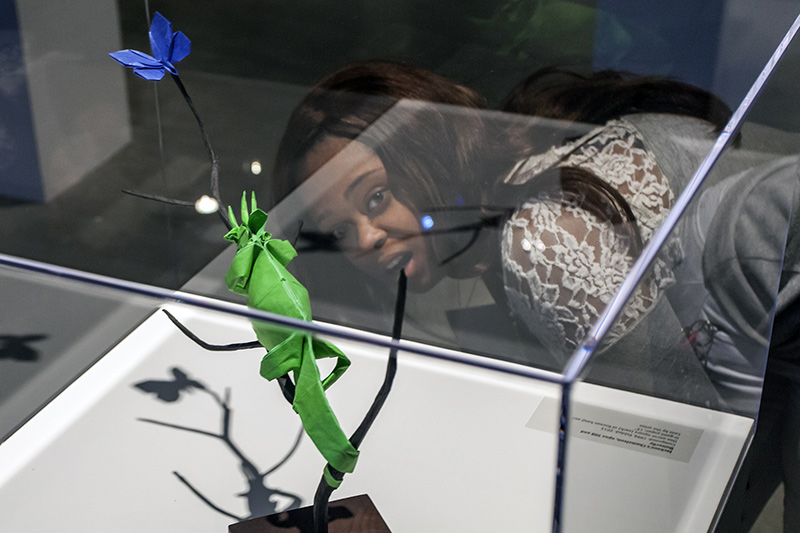
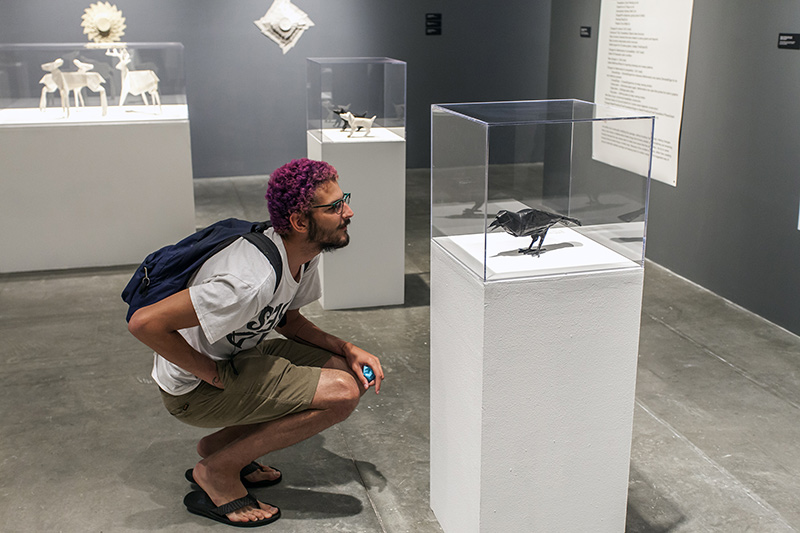
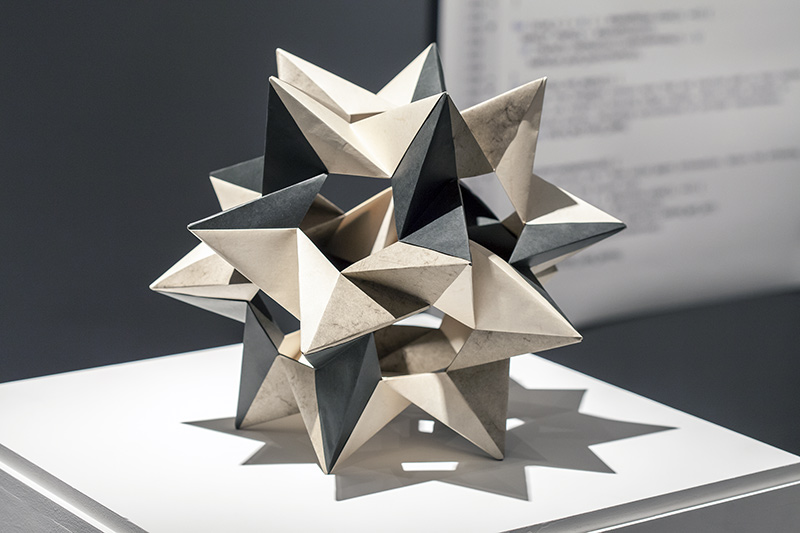
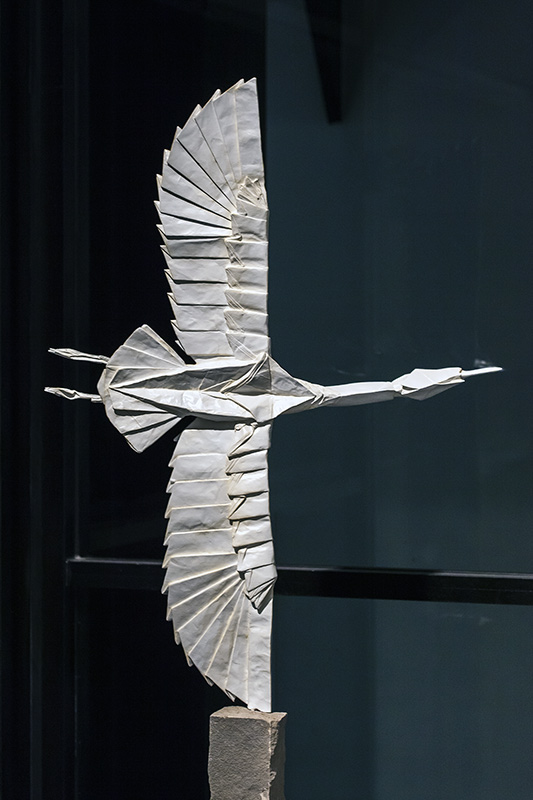
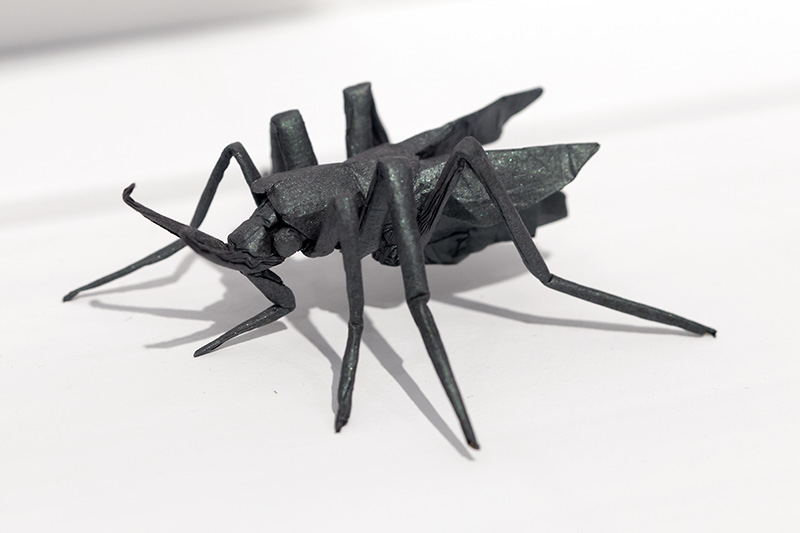
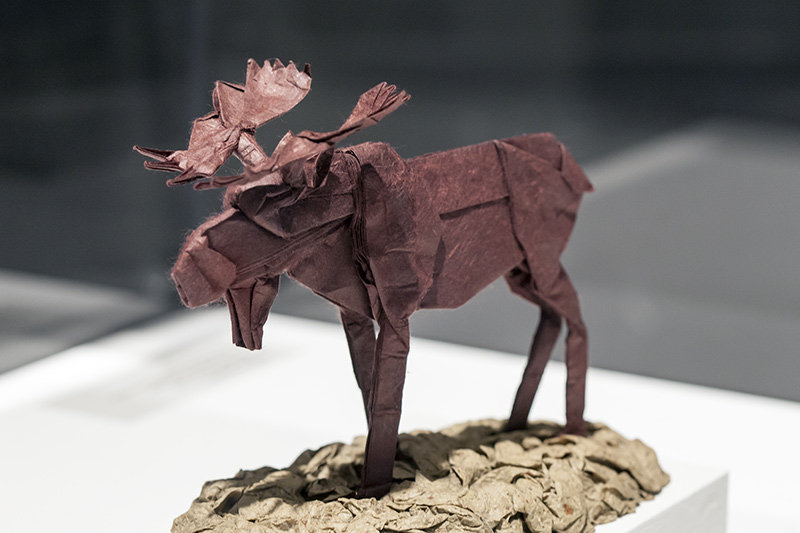


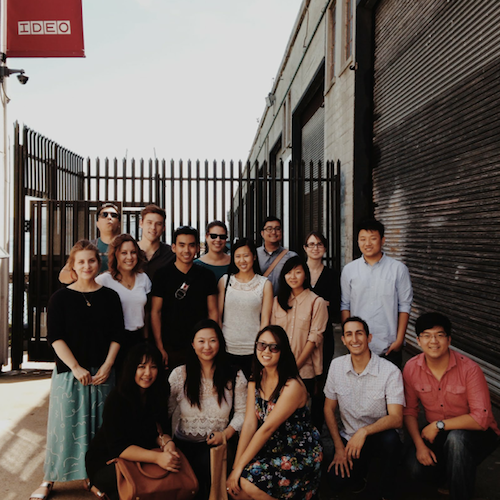 Hailing Uber cabs, grabbing a cup of the Bay Area’s finest coffee, snapping photos of Fisherman’s Wharf and meeting with some of the biggest design consultancies on the West Coast—it’s all in a day’s work for the the members of Art Center Business Club.
Hailing Uber cabs, grabbing a cup of the Bay Area’s finest coffee, snapping photos of Fisherman’s Wharf and meeting with some of the biggest design consultancies on the West Coast—it’s all in a day’s work for the the members of Art Center Business Club.